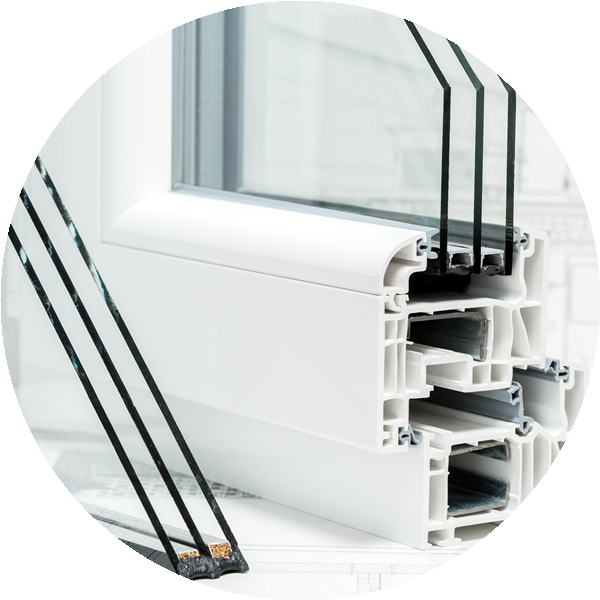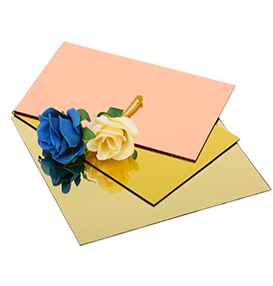
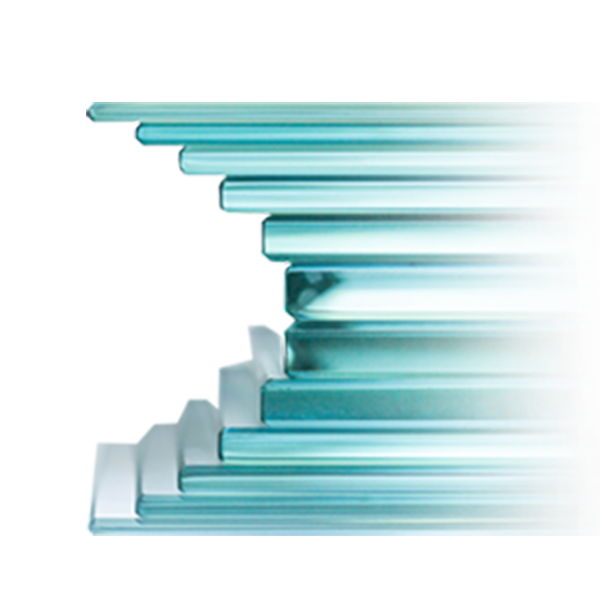
Clear float glass is produced with a mixture of silicon sand, natural ores and chemical materials molten at high temperatures. The molten glass flows to the tin bath, spread under the works of gravity and surface becomes smooth and flat at both sides.
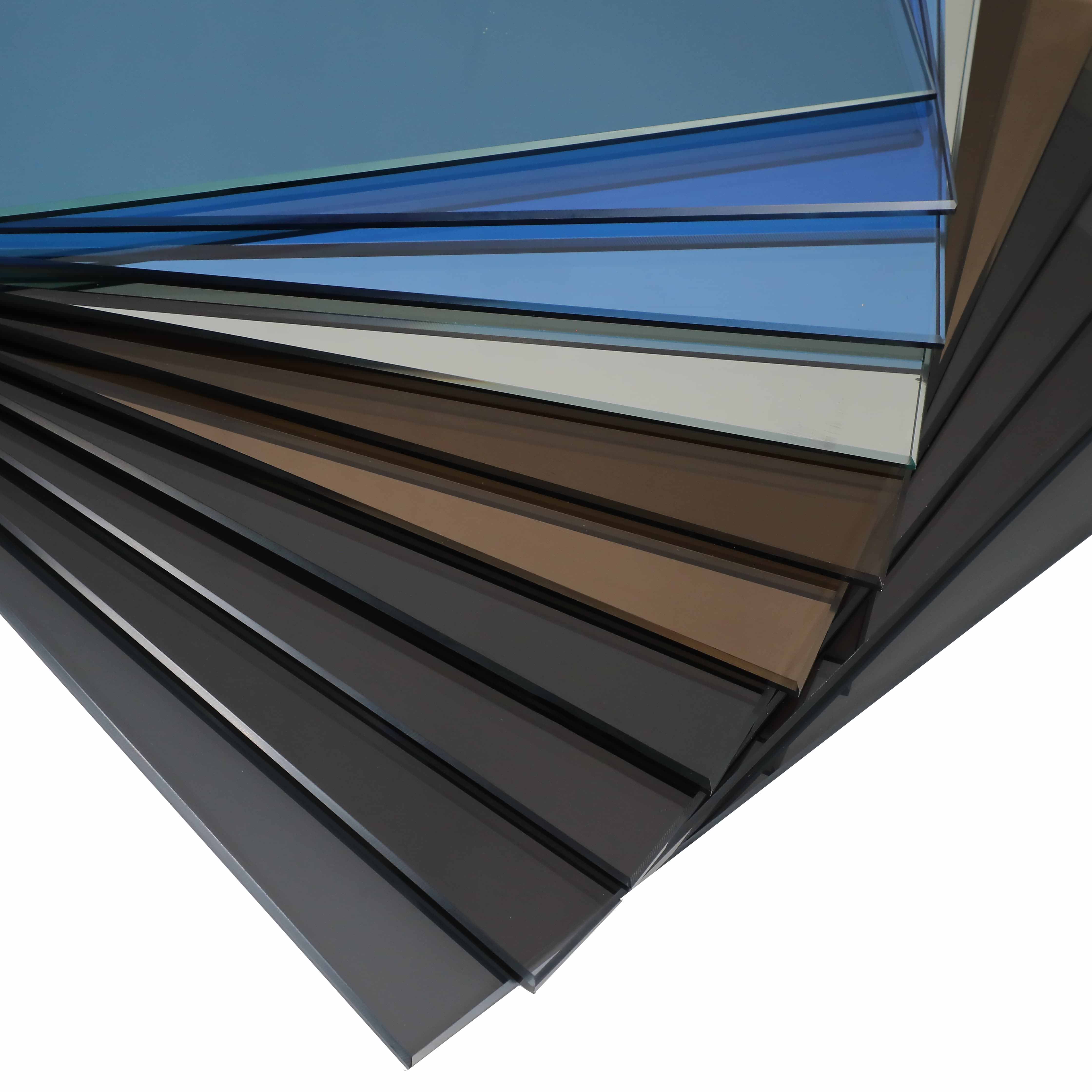
On-line reflective is a solar control glass that adopts CVD technology (chemical vapor deposition) by creating a perfect uniform layer of metal oxide chemically bonded to the surface of glass. The coating brings a mirror effect to the facade and enhances its functional benefits in solar control and glare reduction. This evolved glass products perfectly meet the requirements of architecture both in function and aesthetics.

Body Tinted glass is produced under the float process with the addition of a moderate quantity of metal oxides at the molten stage which colored the normal clear glass and thus achieve glass color diversities. The coloration does not affect the basic property of glass. Visible light transmittance decreases accompanied with the thickness increase. Tinted glass with good performance in reducing solar transmittance by absorbing a large proportion of solar energy, the majority of which is dissipated outside by re-radia-tion and convection.
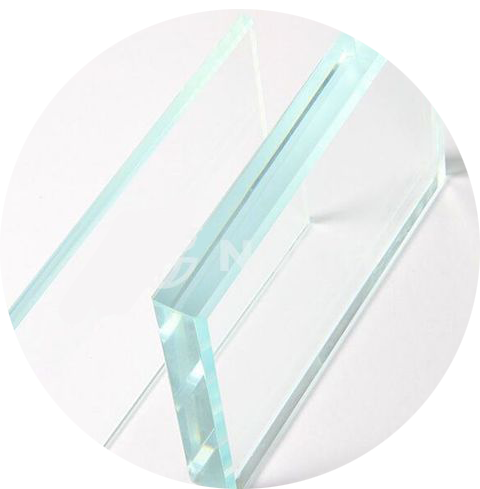
Ultra clear glass also named Low-iron glass with distinguishing feature of super white, excellent color consistency and high transparency which light transmittance is over 91.5%. It is deeply processed with a series of physical and chemical working procedure to remove iron impurity from normal clear glass and achieves crystalline lucency. It is a new type, multifunctional and high-end quality glass product which is widely applied in environmental protection and energy saving.
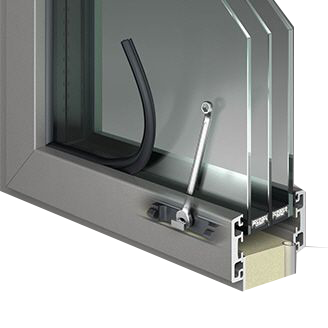
Low-E glass is Low emissivity coated glass which adopts vacuum magnetic control sputtering technology to coat the glass with layers of silver or tin or other metal compounds. The liquid metals or metal powder were directly sprayed onto thermal glass and adhered to its surface at the stage of glass cooling. It is classified into online and Offline Low-E according to its processing technique, the former with single variety and is a hard coating which can be guaranteed for 30years, the latter versatile in color and transmittance, is soft coating but weak in adhesion and can’t be preserved in bareness.
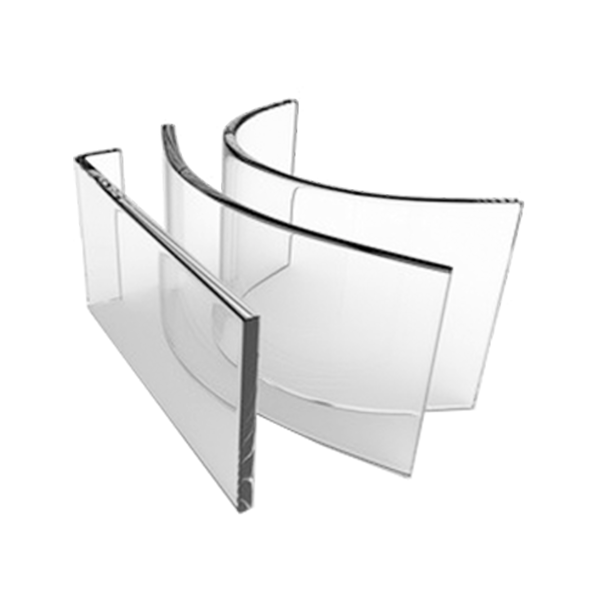
Toughened glass is treated to be far more resistant to breakage than simple annealed glass, and to break in a more predictable way when it does break, thus providing a major safety advantage in almost all of its applications. Toughened glass is made from annealed glass treated with a thermal tempering process. A sheet of annealed glass is heated to above its “annealing point” of 600 °C; its surfaces are then rapidly cooled while the inner portion of the glass remains hotter. The different cooling rates between the surface and the inside of the glass produce different physical properties, resulting in compressive stresses in the surface balanced by tensile stresses in the body of the glass. These counteracting stresses give toughened glass its increased mechanical resistance to breakage, and are also, when it does break, what cause it to produce regular, small, typically square fragments rather than long, dangerous shards that are far more likely to lead to injuries. Toughened glass also has increased resistance to breakage as a result of stresses caused by different temperatures within a pane.
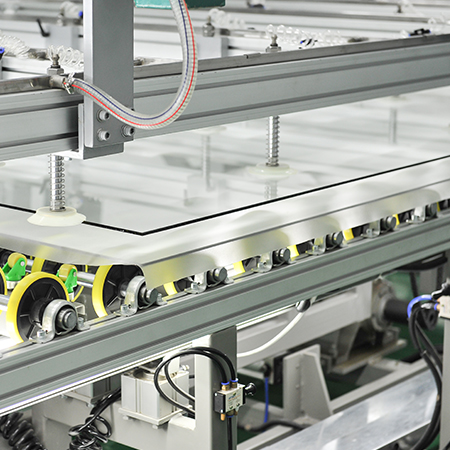
Laminated glass is a kind of safety glass and is hard to break. The glass may be retained in its frame even if being broken. Laminated glass is made of two or more layers of glass with one or more “interlayers” of polymeric material bonded between the glass layers. Poly Vinyl Butyral (PVB) and SentryGlas Plus (SGP) laminated glass is produced using heat and pressure to sandwich a thin layer of PVB or SGP between layers of glass. On occasion, other polymers such as Ethyl Vinyl Acetate (EVA) or Polyurethane (PU) is used. Laminated glass offers many advantages. Safety and security is the best-known of these — rather than shattering on impact, laminated glass is held together by the interlayer, reducing the safety hazard associated with shattered glass fragments, as well as, to some degree, the security risks associated with easy penetration. But the interlayer also provides a way to apply several other technologies and benefits, such as coloring, sound dampening, resistance to fire, ultraviolet filtering, and other technologies that can be embedded in or with the interlayer.
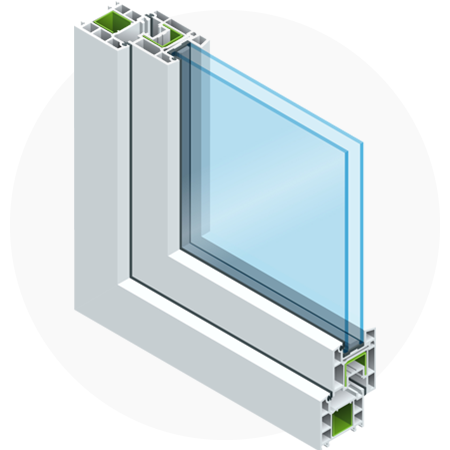
Insulating glass (IG) consists of two or more glass window panes separated by a vacuum or gas-filled(Air,Argon) space to increase a window's thermal performance by reducing the heat gain or loss. Insulated glass units go by different names “double glazing” or “double-pane glass windows.” As a unit since most of the parts are dependent on another for proper performance. Unlike single-pane glass, Insulating glass units are sealed with a primary seal and a secondary seal of silicone. Insulating units are designed to absorb stress on the unit caused by thermal expansion and pressure, provide a barrier to water and moisture infiltration, provide a gas-tight seal to prevent loss of any specialty gas fill and create a barrier that reduces condensation.
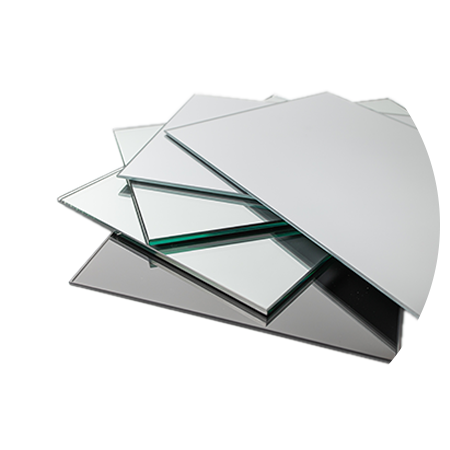
Metal plating is the most common form of mirror coating. From gold and zinc to copper and platinum, many metals can be used to coat mirrors. Two of the most popular are silver and aluminum. Though each plating process has its differences, both aluminum and silver coating can offer unique benefits that improve the functionality of optical mirrors. Mirror coating aims to produce a non-crystalline coating of amorphous metal (metallic glass), with no visible artifacts from grain boundaries. The most common methods in current use are electroplating, chemical "wet process" deposition, and vacuum deposition. Electroplating of a substrate of glass or other non-conductive material requires the deposition of a thin layer of conductive but transparent material, such as carbon. This layer tends to reduce the adhesion between the metal and the substrate. Chemical deposition can result in better adhesion, directly or by pre-treatment of the surface. Vacuum deposition can produce a very uniform coating with a very precisely controlled thickness.[2] Because of their reflectivity, layers of aluminum and silver are often used. Silver is the most reflective across the visible spectrum, reflecting 95 percent of light. Aluminum is slightly less reflective yet still can reflect 90 percent of light. Both coatings are excellent for use in many applications.
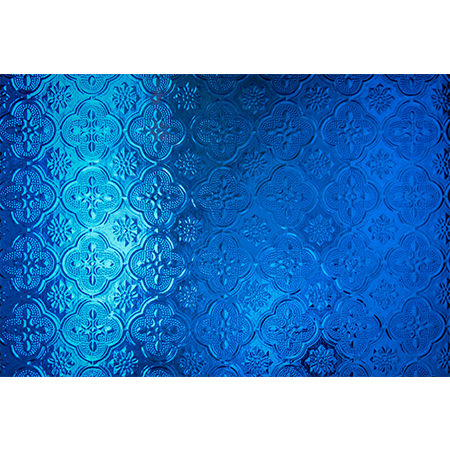
Patterned glass is made by passing it through rollers that have patterns on them. The pattern is transferred to one or both sides of the glass. Each manufacturer of patterned glass has unique patterns. Patterned glass can be used for either decoration or privacy which range comprises fifty-five patterns, designed to create a sophisticated environment in which to live. The glass is typically whiter in color than clear glass. Depending on its use, it can be laminated to use for safety glass as well. Sandblasted glass panels are produced by firing a fine abrasive at the glass at high pressure, high-speed machine blasts down on the glass panel with sand, walnut husks or other materials. this permanent technique is then coated with a polymer easy clean coating to ensure that the glass remains as good as the day it was installed. Glass gradients can start and end at any percentage such as a 20%-80% gradient or a perfectly clear glass panel fade into a 100% full frost with zero opacity. Obscuring and privacy can be retained whilst maximizing light.
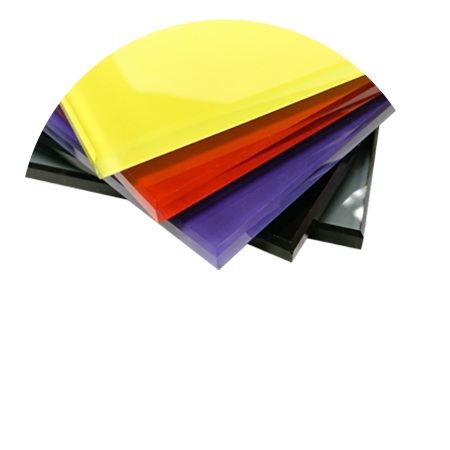
Lacquered Glass is manufactured by depositing one surface of clear glass with a lacquer coating and then oven-curing to lock in its unique features of opacity and coloured appearance, bringing an element of vibrancy to any interior application. The lacquered finish protects the glass from damage, making it highly durable. The lacquered glass contains very minimal amounts of chemicals, and therefore is not only safe to use but also does not harm the environment. It is humidity-resistant and also scratch-proof.
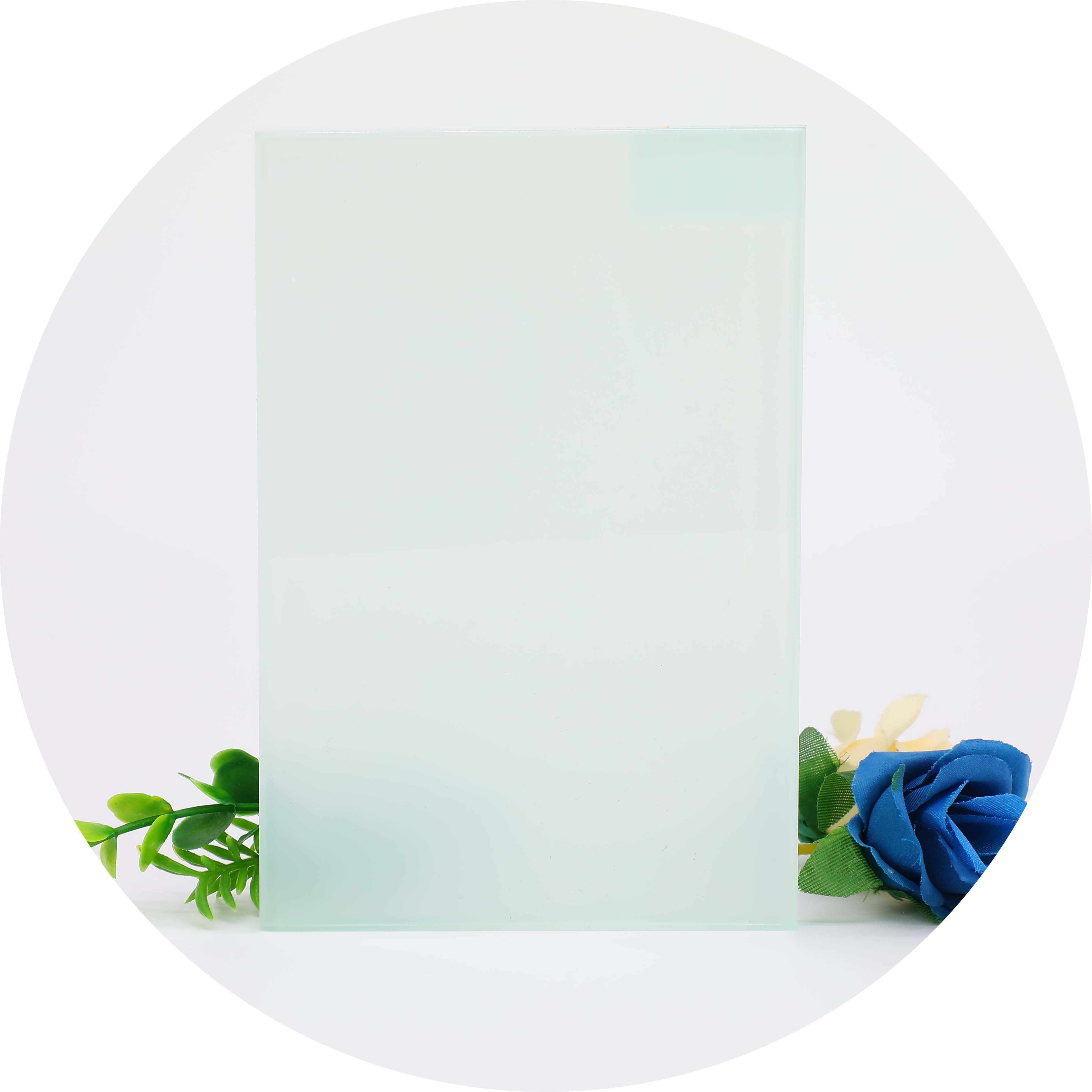
Acid Etched glass is produced with the application of hydrofluoric acid on the glass. It creates a very smooth, glossy and satin finish; Acid etched glass is maintenance-free as it does not show dirt marks or fingerprints. Acid etched glass also offers a wide variety of smoother options. Compared with sandblasting, etching glass with acid offers more finishes and various degrees of transparency.
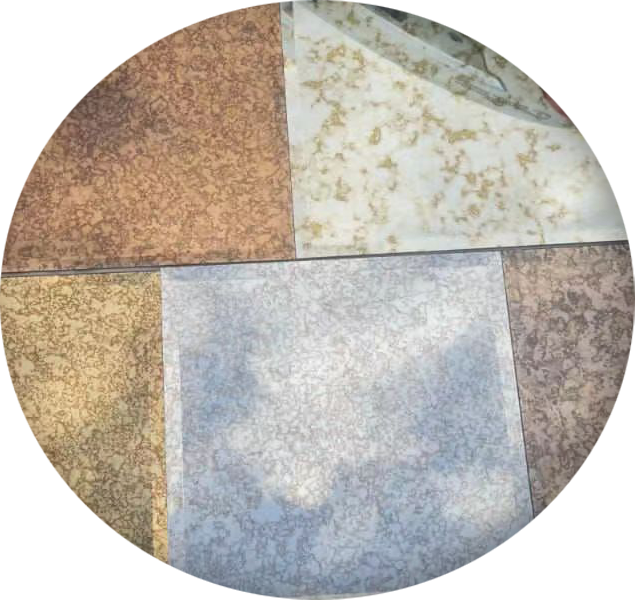
Antique mirror is a general term used to describe mirrors that have been treated to have distressed patches making it appear deteriorated with age. Use an antique mirror design to add a vintage and unique vibe to any space. Choosing an antique mirror to be an accent, transition, or feature element can open a room in many ways. The reflective nature of silvered glass significantly brightens and widens even the darkest and the smallest of spaces, making a room more comfortable and inviting. Layer onto that the texture and complexity of this retro look and there is an added decorative element that can act as a focal point. From a rich classical look to a textured, eclectic look, the possibilities are endless.
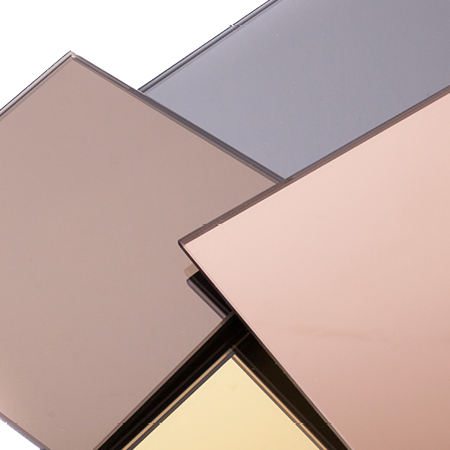
Tinted mirrors are exactly what the name suggests, mirrors with a colored tint. Because of the colored hue, manufactured into the glass, a tinted mirror might appear a little bit darker than its normal silvered counterpart. Some of the tinted mirrors also have texture. The texture is an element of design that defines the surfaces of shapes and forms. By incorporating tinted mirrors into the design of a space, it can act as an accent or a visual texture that will create interest and elevate the feel of the area to being more interesting and stimulating. Tinted mirrors can be a functional alternative to the artwork if you need to create a focal point for a room and create a bit of drama. In addition to being low maintenance, it's most useful to give the illusion of expanding small spaces with its reflective nature.
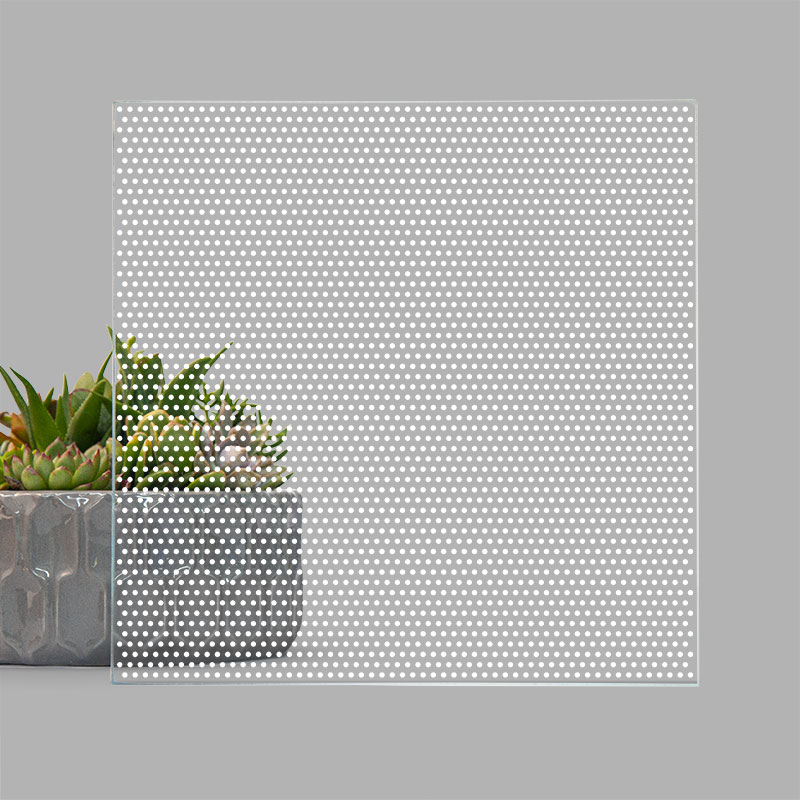
Ceramic frit glass is produced by silk-screen (or roller) printing ceramic frit paints onto glass followed by drying and heat-treating to form a permanent coating. While progressively stressing low carbon and environmental protection, building materials need to be environment-friendly. We adopt the latest lead-free ceramic frit paints to make environment-friendly frit glass. Monitored by experienced frit experts and engineers, and following the world advanced standard, the ceramic frit glass has assured quality for durability, consistency and so on. Applications of the new environment-friendly ceramic frit glass together with high- performance low-E glass of exhibit combined effect of the natural color of frit with the dynamic reflective color of low-E coating, not only creating added aesthetic effect to building facade but also improving solar control performance, which is surely additional options for architectural design of green buildings.
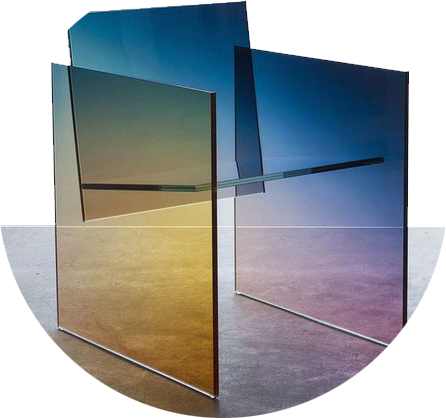
Dichroic Glass, also known as magic glass, is used in architectural decoration and it is a special optical glass that decorates the home style. Dichroic material is a modern composite non-translucent glass. That is produced by stacking layers of glass and micro-layers of metals or oxides which can be changed according to the angle of the sun's vertex and the position of the observer. The color effect of dichroic glass mainly lies in the metal film coating.

Xiamen C&D Co., Ltd(Shanghai Stock Exchange Code:600153) Is a state-owned enterprise that was founded in Dec of 1980 with a registered capital of $1.02 billion in Xiamen city, Fujian Province.
As to urge the formation and upgrade of the core competitiveness in architecture glass fields, Our goal is to maintain a focus on innovation, technology, and product development to remain at the forefront of the industry and meet the needs of our customers.


